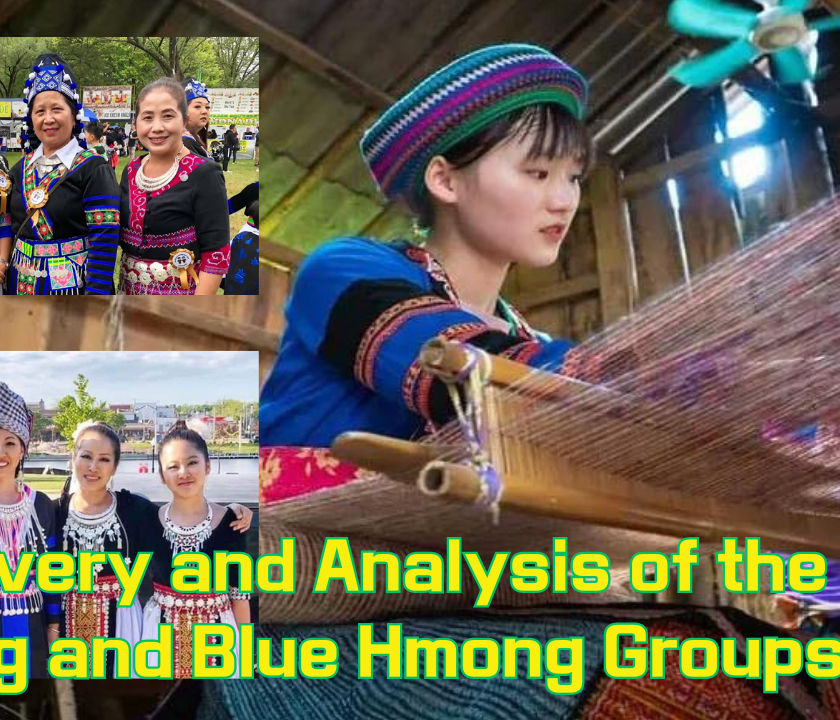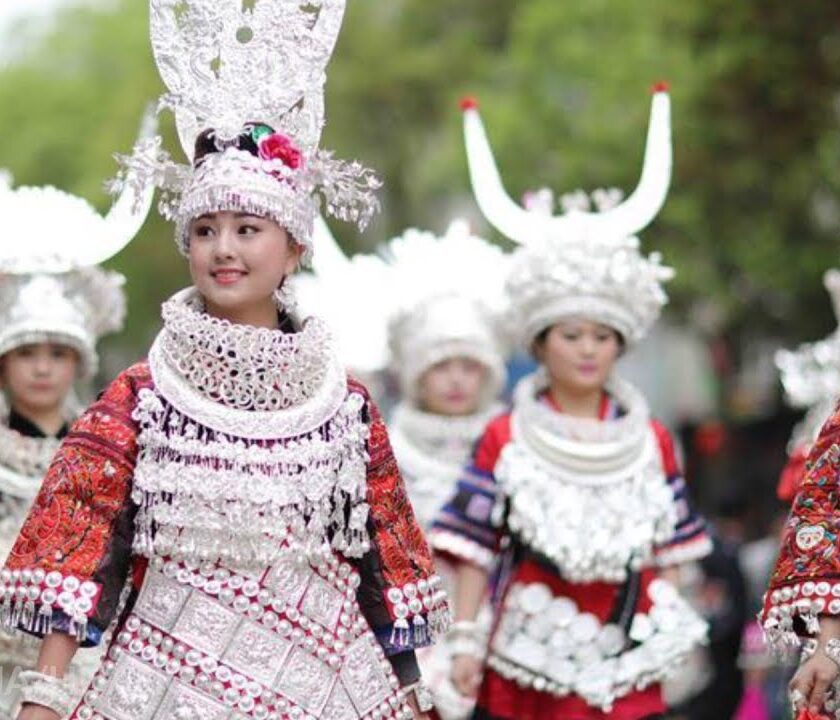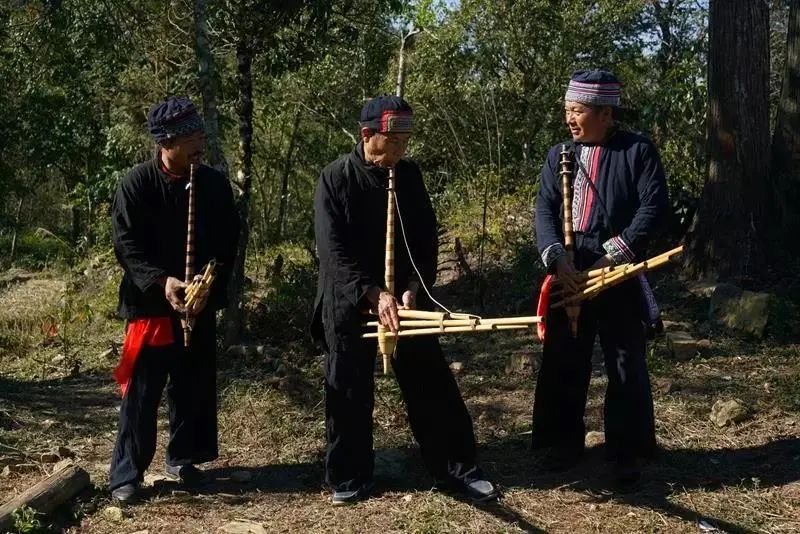Discovery and Analysis of the White Hmong and Blue Hmong Groups

The Hmong people, a distinct ethnic group with a rich cultural heritage, have been living in the remote highlands of Southeast Asia for centuries. Among the Hmong, two major subgroups stand out, the White Hmong and the Blue Hmong, each with their own unique customs, clothing, and traditions. In this article, we will delve into the discovery and analysis of these fascinating subgroups.
Origins of the Hmong People
The Hmong, also known as the Miao in China, have a long and complex history. Their origins are still the subject of debate among scholars, but it is generally believed that they migrated from southern China to Southeast Asia several centuries ago. Today, they are found in several countries, including China, Vietnam, Laos, Thailand, and the United States, with significant diaspora communities.
White Hmong: A Glimpse into Tradition
The White Hmong subgroup, known as the “Hmoob Dawb” in their own language, is recognized for their traditional attire. Women of the White Hmong group wear hand-embroidered white clothing, distinctive for its intricate and delicate designs. Their clothing features bold patterns, including depictions of daily life, animals, and other symbolic motifs, and their clothing often consists of a blouse, skirt, and headdress.
The White Hmong people also have a rich oral tradition. Their stories and legends are passed down through generations, providing insight into their history, beliefs, and way of life. Traditional rituals, such as New Year celebrations and shamanistic practices, play a vital role in the White Hmong culture, connecting them to their roots.
Blue Hmong: A Unique Aesthetic
In contrast, the Blue Hmong, or “Hmoob Ntsuab,” are recognized by their distinctive indigo-dyed clothing. The deep blue hue of their attire is achieved through a labor-intensive process of dying hemp fabric with natural indigo. The clothing is decorated with appliqué work and intricate batik patterns, making it not only functional but also visually striking.
The Blue Hmong are known for their silver jewelry, which is often worn as part of their traditional attire. These ornaments are more than just adornments; they hold cultural significance and are often handed down through generations. The group’s intricate jewelry serves as a testament to their craftsmanship and aesthetic sensibilities.
Cultural Practices and Way of Life
Both the White Hmong and Blue Hmong subgroups share core elements of Hmong culture, such as a strong sense of community and a reliance on subsistence farming. They live in highland areas and practice shifting cultivation, growing crops like rice, corn, and vegetables. They are also known for their herding traditions, rearing animals such as water buffalos and pigs.
Language is a significant factor in Hmong culture, with distinct dialects spoken by different subgroups. While the White Hmong and Blue Hmong share the same Hmong-Mien language family, regional variations exist, contributing to linguistic diversity within the community.
Preservation and Challenges
The White Hmong and Blue Hmong subgroups offer a glimpse into the intricate tapestry of Hmong culture. However, they face several challenges in preserving their traditions. Rapid modernization, urbanization, and migration have led to changes in the way of life for many Hmong communities. Younger generations are increasingly exposed to external influences, leading to shifts in values and customs.
Efforts are being made to document and preserve the cultural heritage of the Hmong people, including their distinctive clothing, languages, and traditions. Organizations and researchers are working to ensure that the rich legacy of the Hmong, including the White Hmong and Blue Hmong subgroups, is not lost to time.
Conclusion
The discovery and analysis of the White Hmong and Blue Hmong subgroups offer a glimpse into the diverse and fascinating world of the Hmong people. These subgroups showcase the intricate web of traditions, clothing, and customs that make up Hmong culture. As the world continues to change, the Hmong people, like many indigenous and ethnic groups, face the challenge of preserving their unique heritage while adapting to the evolving landscape of the 21st century. The stories of the White Hmong and Blue Hmong are a testament to the resilience and cultural richness of the Hmong people, a community that continues to thrive and evolve in a rapidly changing world.
#3Hmoob #Hmong #Hmoob






Responses